详细说明
Species Reactivity
Human
Specificity
Detects human Insulin R/CD220 in direct ELISAs.
Source
Monoclonal Mouse IgG 2B Clone # 243524
Purification
Protein A or G purified from hybridoma culture supernatant
Immunogen
Mouse myeloma cell line NS0-derived recombinant human Insulin R/CD220
His28-Lys944
Accession # NP_001073285Formulation
Lyophilized from a 0.2 μm filtered solution in PBS with BSA as a carrier protein.
Label
Biotin
Applications
Recommended
ConcentrationSample
Flow Cytometry
2.5 µg/10 6 cells
Human peripheral blood monocytes
Please Note: Optimal dilutions should be determined by each laboratory for each application. are available in the Technical Information section on our website.
Preparation and Storage
Reconstitution
Reconstitute at 0.5 mg/mL in sterile PBS.
Shipping
The product is shipped at ambient temperature. Upon receipt, store it immediately at the temperature recommended below.
Stability & Storage
Use a manual defrost freezer and avoid repeated freeze-thaw cycles.
12 months from date of receipt, -20 to -70 °C as supplied.
1 month, 2 to 8 °C under sterile conditions after reconstitution.
6 months, -20 to -70 °C under sterile conditions after reconstitution.
Background: Insulin R/CD220
The Insulin Receptor (INS R) and insulin-like growth factor-1 receptor (IGF-I R) constitute a subfamily of receptor tyrosine kinases (1-4). The two receptors share structural similarity as well as overlapping intracellular signaling events, and are believed to have evolved through gene duplication from a common ancestral gene. INS R cDNA encodes a type I transmembrane single chain preproprotein with a putative 27 amino acid (aa) signal peptide. The large INS R extracellular domain is organized into two successive homologous globular domains which are separated by a cysteine-rich domain followed by three fibronectin type III domains. The intracellular region contains the kinase domain sandwiched between the juxtamembrane domain used for docking insulin-receptor substrates (IRS) and the carboxy‑terminal tail that contains two phosphotyrosine-binding sites. After synthesis, the single chain INS R precursor is glycosylated, dimerized and transported to the Golgi apparatus where it is processed at a furin-cleavage site within the middle fibronectin type III domain to generate the mature disulfide-linked alpha 2 beta 2 tetrameric receptor. The alpha subunit is localized extracellularly and mediates ligand binding while the transmembrane beta subunit contains the cytoplasmic kinase domain and mediates intracellular signaling. As a result of alternative splicing, two INS R isoforms (A and B) that differ by the absence or presence, respectively, of a 12 aa sequence in the carboxyl terminus of the alpha subunit exist. Whereas the A isoform is predominantly expressed in fetal tissues and cancer cells, the B isoform is primarily expressed in adult differentiated cells. Both the A and B isoforms bind insulin with high-affinity, but the A isoform has considerably higher affinity for IGF‑I and IGF-II. Ligand binding induces a conformational change of the receptor, resulting in ATP binding, autophosphorylation, and subsequent downstream signaling. INS R signaling is important in metabolic regulation but may also contribute to cell growth, differentiation and apoptosis. Mutations in the INS R gene have been linked to insulin-resistant diabetes mellitus, noninsulin-dependent diabetes mellitus and leprechaunism, an extremely rare disorder characterized by abnormal resistance to insulin that results in a variety of distinguishing characteristics, including growth delays and abnormalities affecting the endocrine system. INS R is highly conserved between species, rat INS R shares 94% and 97% aa sequence homology with the human and mouse receptor, respectively.
References:
Nakae, J. et al. (2001) Endoc. Rev. 22:818.
De Meyts, P. and J. Whittaker (2002) Nature Rev. Drug Disc. 1:769.
Kim, J.J. and D. Accili (2002) Growth Hormone and IGF Res. 12:84.
Sciacca, L. et al. (2003) Endocrinology 144:2650.
Long Name:
Insulin Receptor
Entrez Gene IDs:
3643 (Human); 16337 (Mouse)
Alternate Names:
CD 220; CD220 antigen; CD220; EC 2.7.10; EC 2.7.10.1; HHF5; INSR; Insulin R; insulin receptor; InsulinR; IR







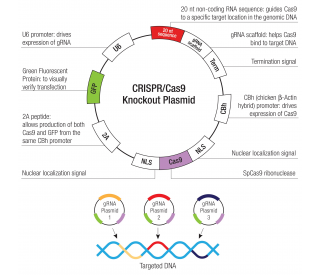
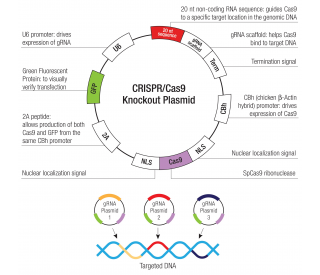
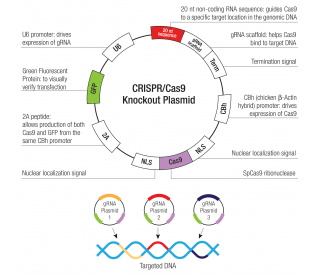

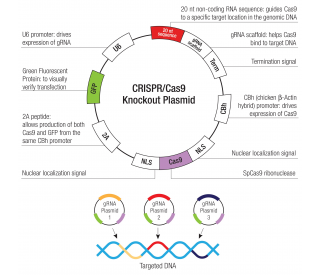
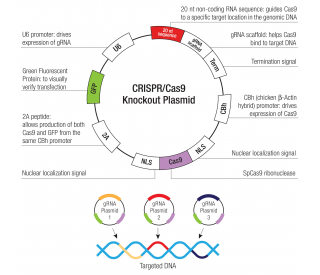



 粤公网安备44196802000105号
粤公网安备44196802000105号